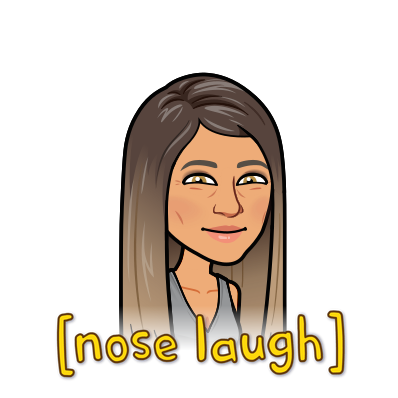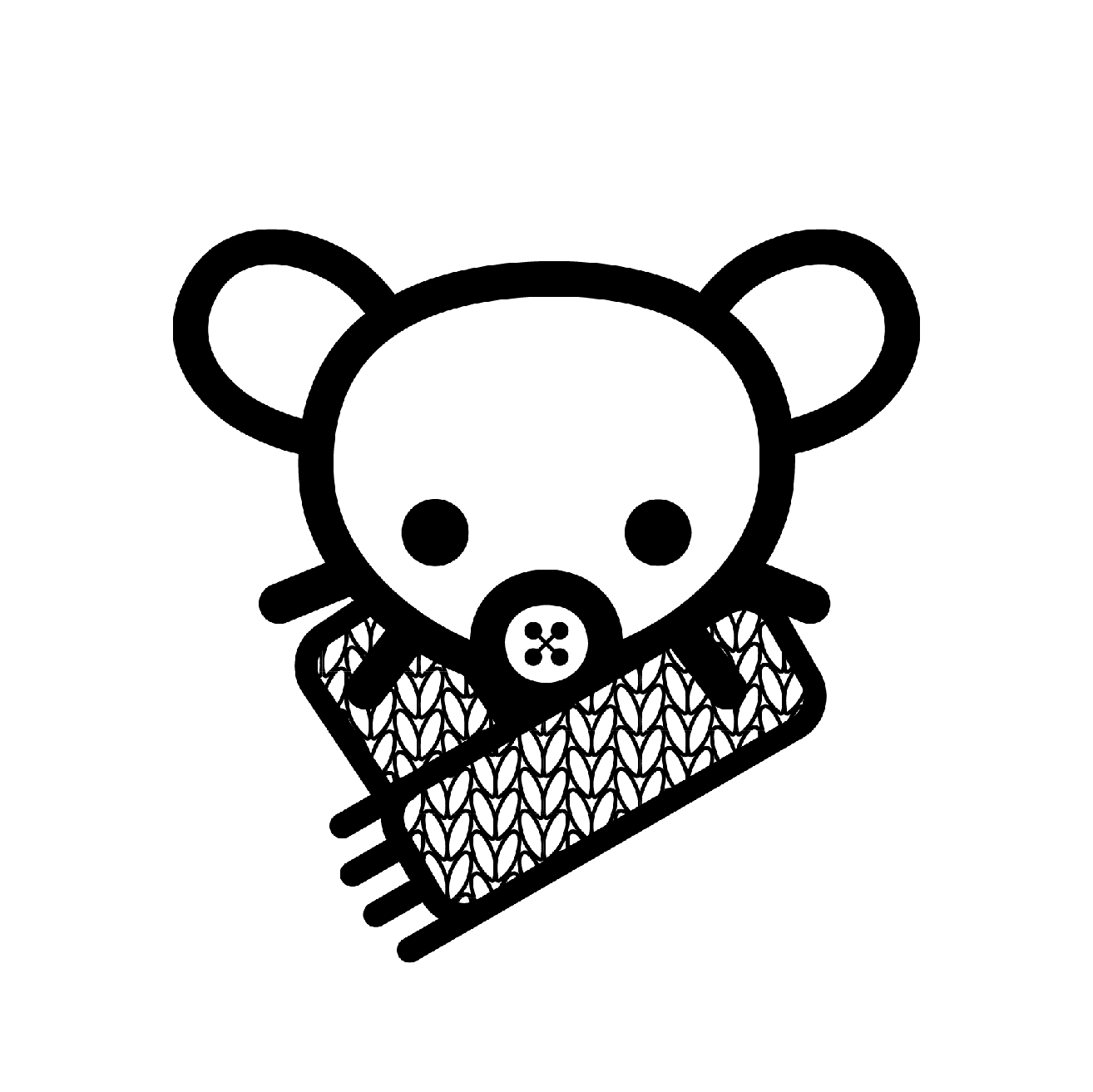Maybe I’m the only one who didn’t know this, but it only just occurred to me to try - and it worked!
I gave it needle size, ply and the garment size I wanted - as well as asking for Australian sizing and instructions (so you’ll need to change that for whatever you’re used to) and from what I could see it was pretty good. Haven’t actually tried it but I may for a small project and see how it goes.
Edit to say that I’m very aware of chatgpts limits (I work in a field where it’s being abused) but thought it was an interesting idea. Simplicity would be key. I’d consider myself a beginner this might be a good way of creating small simple projects. Or nonsense! I have bags of cheap wool that I got through my local buy nothing group so I’m always up for a bit of experimentation.


Yes, it can, but that’s actually two sets of questions. So yes, first of all, a machine learning model can be trained on the motions required to create any given pattern. How it would create the pattern would differ from a human unless we gave it human form and trained it to use that machinery to knit or crochet the pattern in exactly the way you would.
I don’t think we’re there yet, but these models are the only kind of software so far that even has a hope of processing the insanely complex inputs and outputs required for each and every movement on the needle/hook in exactly the right way. That’s the reason crochet hasn’t been machine-replicated yet: is just too complex for existing, simple machines.
Think about how much information your brain actually processes just to throw a baseball to hit a target, or balance yourself on an unsteady surface. That’s where modern machine learning models are excelling: in finding patterns amongst huge amounts of information much faster than a human could. Boston Dynamics have been doing coordination successfully for over a decade already.
Researchers have also already successfully reconstructed images people were thinking about from nothing but MRI scans: https://www.science.org/content/article/ai-re-creates-what-people-see-reading-their-brain-scans
And that’s where we find the answer to the question of personal preferences, too. Take EEG readings while you knit and, with the right preparation, that data can train the model to your preferred styles, flourishes, whathaveyou.
Folding proteins is far, far more complex than crochet or knitting, but modern AI models are better at it than anything we’ve had before including humans: https://www.nature.com/articles/d41586-022-02083-2
It’s a scary time, with how fast this stuff is going. A knittingbot is no longer impossible, it’s just a matter of someone taking the time to gather and prep the data, and build it.
Folding proteins is applying complex algorithms to data, which is what computers are good at.
Writing knitting or crochet patterns is a skill that requires being good at knitting or crochet as a human. You have to have an understanding of how a human does it to write a pattern - where to place stitch markers logically, when to switch tensions, knowing yourself enough to know how crowded you can let the needle before you’re going to fuck it up… Maybe we could apply “AI” to the mechanical movements and have it create an object from a pattern, but I think going backwards would be significantly harder.
Often I feel like “AI” stuff ignores a lot of technical aspects of the crafts in general. It has only access to visual/audio information that has been uploaded to the internet in some form. I doubt most learning is not done through that way. I watched hours of knitting videos and understood absolutely nothing, I attended an in person class and it stuck. Even if “AI” can model the outcomes of the creations, it can’t really be trained on the creative process.